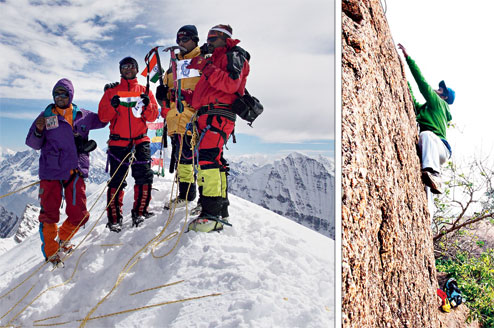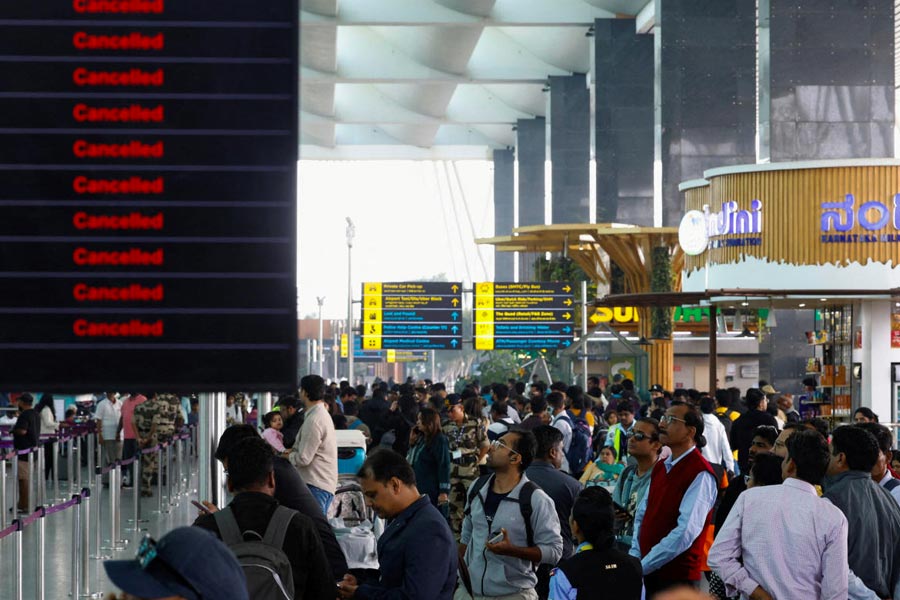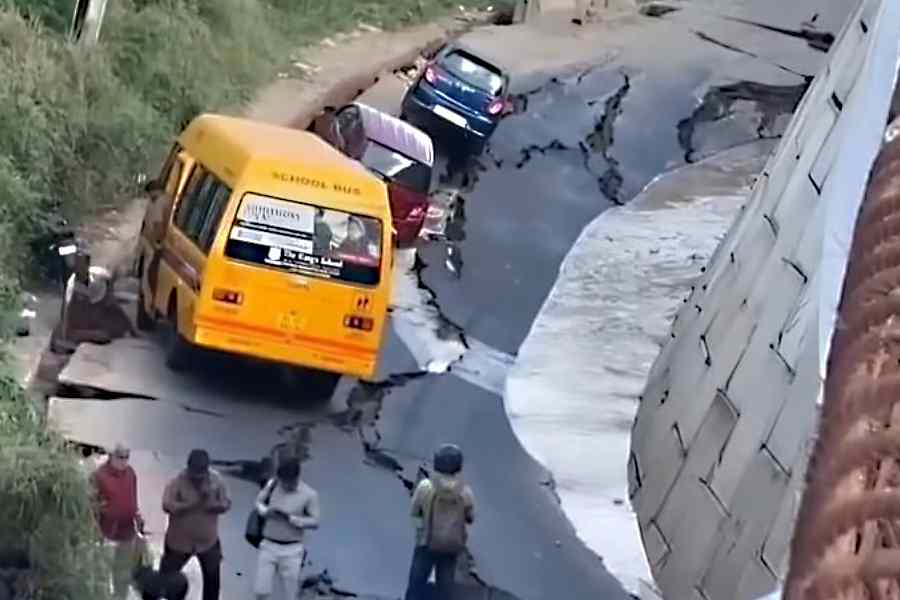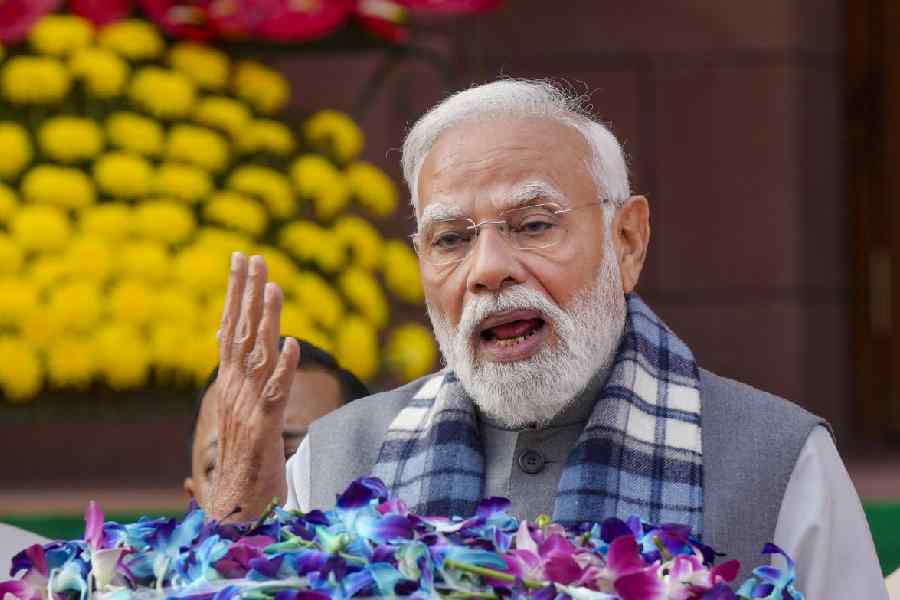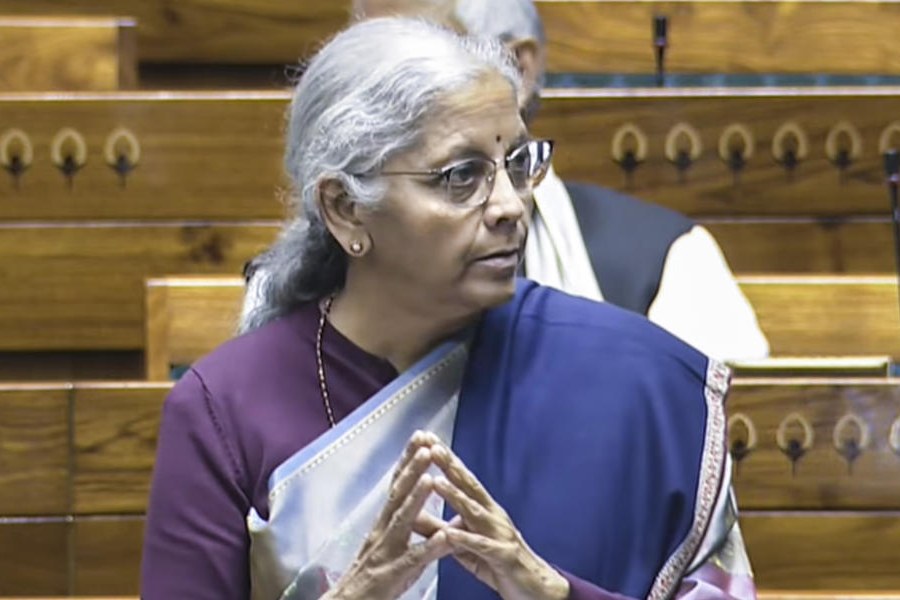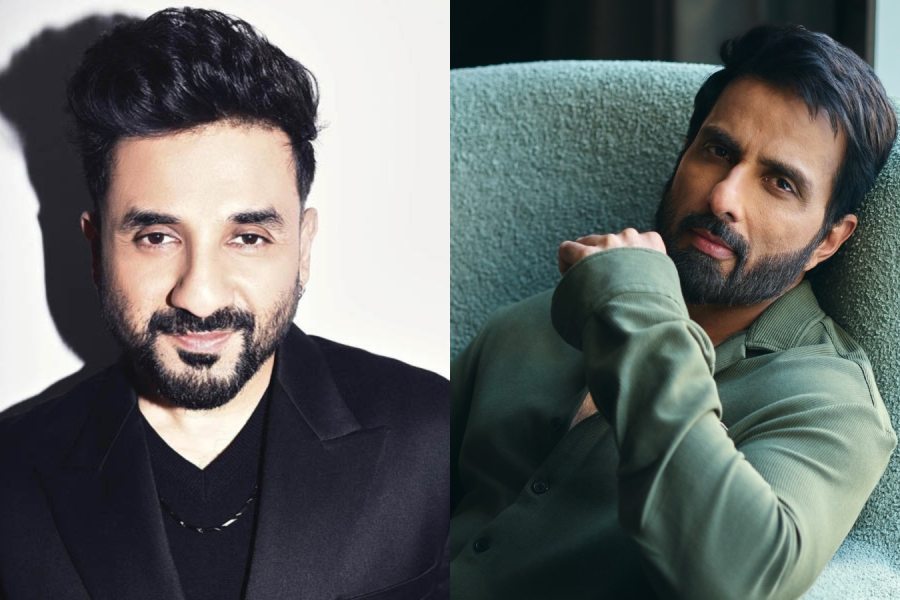The call of the mountains is hard to resist and people from Howrah seem especially vulnerable. Trapped in a concrete urban jungle with little open space, many escape to the mountains to break the drudgery. They go back either to trek or to climb, many of them trying to make it as mountaineers. Hailing from middle-class backgrounds with little or no access to funds for such expeditions, they are nevertheless high on adventure and passion.
From a young age these mountain-lovers equip themselves with the necessary skills from a number of local trekking and mountaineering clubs in Howrah. These clubs have produced quite a few climbers who have conquered various peaks of the Indian Himalayas, including the Everest.

“Mountaineering became a popular sport after the conquest of Everest in 1953 by Edmund Hillary and Tenzing Norgay. It had cast a tremendous influence on the young and adventurous in Bengal and Howrah was no exception. A number of mountaineering clubs have sprouted in Howrah since then and there is a strong club culture here,” said Dipankar Ghosh from Bally, a veteran climber and an Everester who is with the West Bengal Mountaineering and Adventure Sports Foundation (WBMASF) of the department of youth services of the state government.

“Many youngsters often take up mountaineering as an adventure, to break away from the humdrum of life. They do it because they love adventure and when they get an opportunity to be in the hills, they try to make the most of it,” said Dipankar who himself has bucked the trend and spent his life in the mountains of the Indian Himalayas, having done 44 expeditions. Dipankar has conquered the Everest in 2011, the Lhotse in 2012, the Makalu in 2013, the Kanchenjunga and the Annapurna in 2015. Ghosh was also involved in the rescue operations in the Everest this year.
With the establishment of the Himalayan Mountaineering Institute (HMI) in West Bengal, many youngsters from Howrah have learnt the ropes of climbing from here and gone on various Indian expeditions to the hills of Garhwal, Himachal Pradesh, Kashmir. But before they enrol in HMI, where the minimum age is 17 years and above, young kids learn to climb rocks and live in open tents at the various trekkers’ and mountaineering clubs in Howrah including Santragachhi Shailasathi, Bally Bhagirathi, Howrah District Mountaineers and Trekkers Association (HDMTA) and others.
“These clubs are engaged in training children. They arrange camps and conduct rock-climbing courses in Purulia, Bankura, Panchalingeswar and other such rocky areas. About 50-60 children enrol for these courses every year. They are taught how to spend the night in the open, how to live in camps, how to bond with team members, the very basics of mountaineering,” said Ghosh.
Howrah District Mountaineers and Trekkers Association (HDMTA), a nodal club for mountaineers of Howrah from where Everester Malay Mukherjee had trained, also conducts such rock-climbing courses for children and their guardians. “We send 50 expert observers and trainers with equipment to conduct such courses in Purulia, Bankura, Jaychandi and Odisha,” said Kiran Mukherjee, secretary of HDMTA, which was founded in 1979 and calls itself “the first recognised mountaineering organisation in the Howrah district”. “These camps run for four days for children and adults up to 35 years. “Often guardians accompany their wards to the camps and like to join in,” said Mukherjee.
The clubs arrange expeditions to mountains as well. “The expeditions happen through May-June and again in August-September,” said Mukherjee. Currently, members of the club are on an expedition to Mt Nun that was flagged off on June 20 in association with the Ordnance Club.
“The expedition is being led by Malay, and we are attempting to climb this peak in Kashmir from the north ridge, which is a tough climb. We are carrying special 3,000 feet ropes for this purpose. The climbers will start for the summit at two at night and probably reach the peak around eight in the morning,” said Mukherjee.
HDMTA has conducted 42 expeditions, including those to 7,000 metre peaks like the Satopanth, Kamet and Nanda Ghunti. The club also does rescue operations and also conducts social service activities like blood donation camps.
However, its tough to become a member of HDMTA because “not all are granted membership. We watch the performance of those who come to our club. They have to be regular. They are first sent as part of trekking teams. They are instructed to carry equipment to the base camp. If we see that they are fit and can do the chores well, only then we give them a chance to go on expeditions,” said Mukherjee.
Malay and the Late Chhanda Gayen, who had also climbed the Everest and lost her life trying to scale Kanchenjunga from the western side in 2014, are the two big names in mountaineering that have emerged from Howrah in recent years. Biplab Baidya is another name to reckon with as he climbed the Everest in 2015 from the tough North
Column.
“Prasenjit Mukherjee is another climber below 40 years who is doing well,” said Dipankar while stating that age is no bar for climbing. “Its all in the mind, you have to be fit, control your diet and be strong,” recommended Dipankar.
Both Dipankar and Mukherjee agreed that many of the climbers from Howrah belong to middle-class families with little access to funds needed for such an adventure sport. “An Everest expedition costs nothing less than Rs 20 lakh,” said Dipankar.
“Many of these boys take loans to go for these expeditions and are often quite desperate to summit. They are reluctant to come back without success as they never know if they can make it again. So even if the weather is bad, they still take chances and make desperate attempts risking their lives,” he added.
Malay too comes from a very middle-class family. “He was not sure if he could make an attempt at climbing Everest this year because of funds. At the last moment, he took a loan and went for the expedition,” said Mukherjee.

